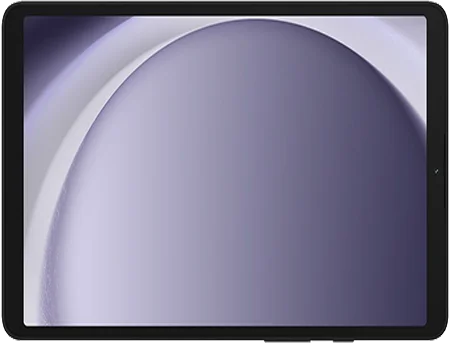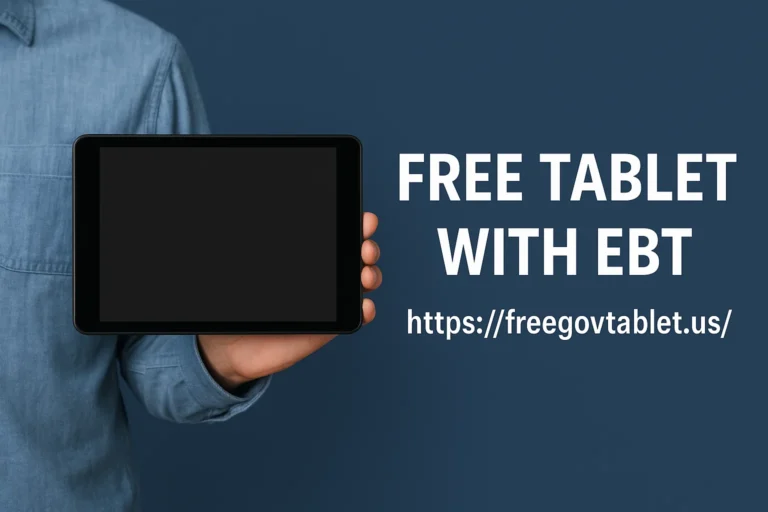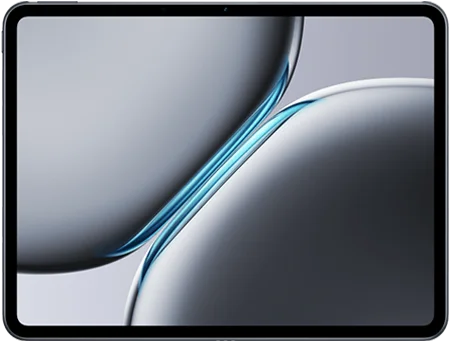The Lifeline Program is a federal initiative, administered by the FCC and managed by the Universal Service Administrative Company (USAC), that provides monthly subsidies to lower the cost of phone and broadband services for qualifying low‑income consumers. While the core benefit is a monthly credit (up to $9.25, or $34.25 on Tribal lands) toward service fees, some participating providers offer special promotions; such as free tablets to new enrollees. Eligibility is determined via the National Verifier system, and applicants typically must participate in programs like SNAP, Medicaid, SSI, or meet income thresholds.
Lifeline differs from the Affordable Connectivity Program (ACP), which can include one‑time device discounts, but several Lifeline partners have bundled free tablets into promotional plans to bridge the digital divide.
What Is the Lifeline Program?
The Lifeline Program was established by the Federal Communications Commission (FCC) in 1985 to ensure that low‑income consumers have access to essential communications services for employment, education, healthcare, and emergency assistance.

It is funded through the Universal Service Fund (USF), which collects fees from telecommunications carriers to subsidize service for eligible households. USAC operates the program day‑to‑day, handling enrollments, recertifications, and payments to participating providers.
Program Benefits
1. Service Discounts
Eligible subscribers receive a monthly discount of up to $9.25 off their phone or broadband bill; Tribal land residents can receive up to $34.25 per month.
The credit applies to either voice or broadband service; subscribers may choose a wireline or wireless plan but cannot receive multiple discounts simultaneously.
2. Device Availability (Free Tablets)
By FCC rule, Lifeline itself does not directly fund device purchases; it only subsidizes service. However, several Lifeline providers run promotional offers that include a free government tablet upon enrollment or recertification. These free‑tablet promotions are offered at the discretion of participating carriers and may require a minimum service term.
Eligibility Criteria
Consumers qualify if they participate in federal assistance programs; such as SNAP (EBT), Medicaid, Federal Public Housing Assistance, SSI, or Veterans Pension; and/or if their household income is at or below 135% of the Federal Poverty Guidelines.
Eligibility is verified through the National Verifier, a centralized system launched in June 2018 that confirms both initial qualifications and annual recertification. Three states (California, Texas, and Oregon) opt out of the National Verifier and manage eligibility locally.
Application Process
- Pre–Qualification Check: Consumers visit the USAC Lifeline Support website or contact a participating carrier to begin.
- National Verifier Submission: Applicants submit proof of program participation or income levels through the online portal at FCC.
- Provider Enrollment: Once approved, consumers select a carrier and plan; the provider applies the monthly Lifeline credit to the customer’s bill.
- Annual Recertification: Subscribers must confirm eligibility each year to maintain benefits.
Differences Between Lifeline and ACP
The Affordable Connectivity Program (ACP) is a successor to Lifeline’s Emergency Broadband Benefit; ACP includes a one‑time device discount (up to $100 toward a laptop, desktop, or tablet) plus a monthly service credit of up to $30.
Lifeline, in contrast, only offers a recurring monthly service discount and leaves device offerings to carriers’ marketing promotions.
Provider Offers for Free Tablets
- Assurance Wireless: Periodically advertises a free tablet with an eligible Lifeline plan (fees and commitment terms apply).
- Safelink Wireless: Has run limited‑time promotions granting tablets to new subscribers.
- Propel App Partners: Highlight that while Lifeline doesn’t guarantee devices, some ISPs include free tablets in promotional bundles for EBT households.
Consumers should compare provider deals, checking fine print for service commitments, shipping fees, or activation charges before enrolling.
Conclusion
The Lifeline Program remains a cornerstone effort to close the digital divide by reducing monthly communication costs for millions of low‑income Americans. While direct device subsidies are reserved for ACP, savvy consumers can leverage Lifeline’s broad provider network to secure free tablets through special offers.
Prospective applicants should verify eligibility via the National Verifier, select a reputable carrier, and review promotional terms to maximize both service savings and device access.





